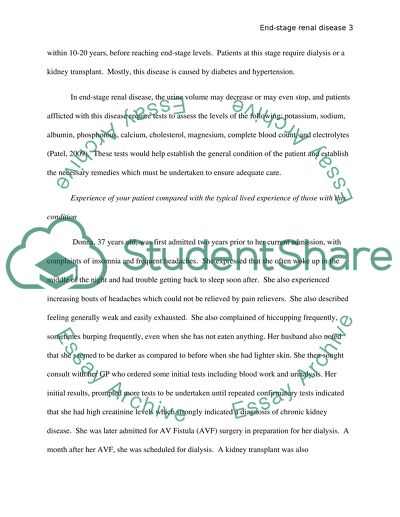Cite this document
(“Chronic Condition Essay Example | Topics and Well Written Essays - 2250 words”, n.d.)
Retrieved from https://studentshare.org/nursing/1430777-chronic-condition
Retrieved from https://studentshare.org/nursing/1430777-chronic-condition
(Chronic Condition Essay Example | Topics and Well Written Essays - 2250 Words)
https://studentshare.org/nursing/1430777-chronic-condition.
https://studentshare.org/nursing/1430777-chronic-condition.
“Chronic Condition Essay Example | Topics and Well Written Essays - 2250 Words”, n.d. https://studentshare.org/nursing/1430777-chronic-condition.


